Contact our Fiji experts now
Enquire now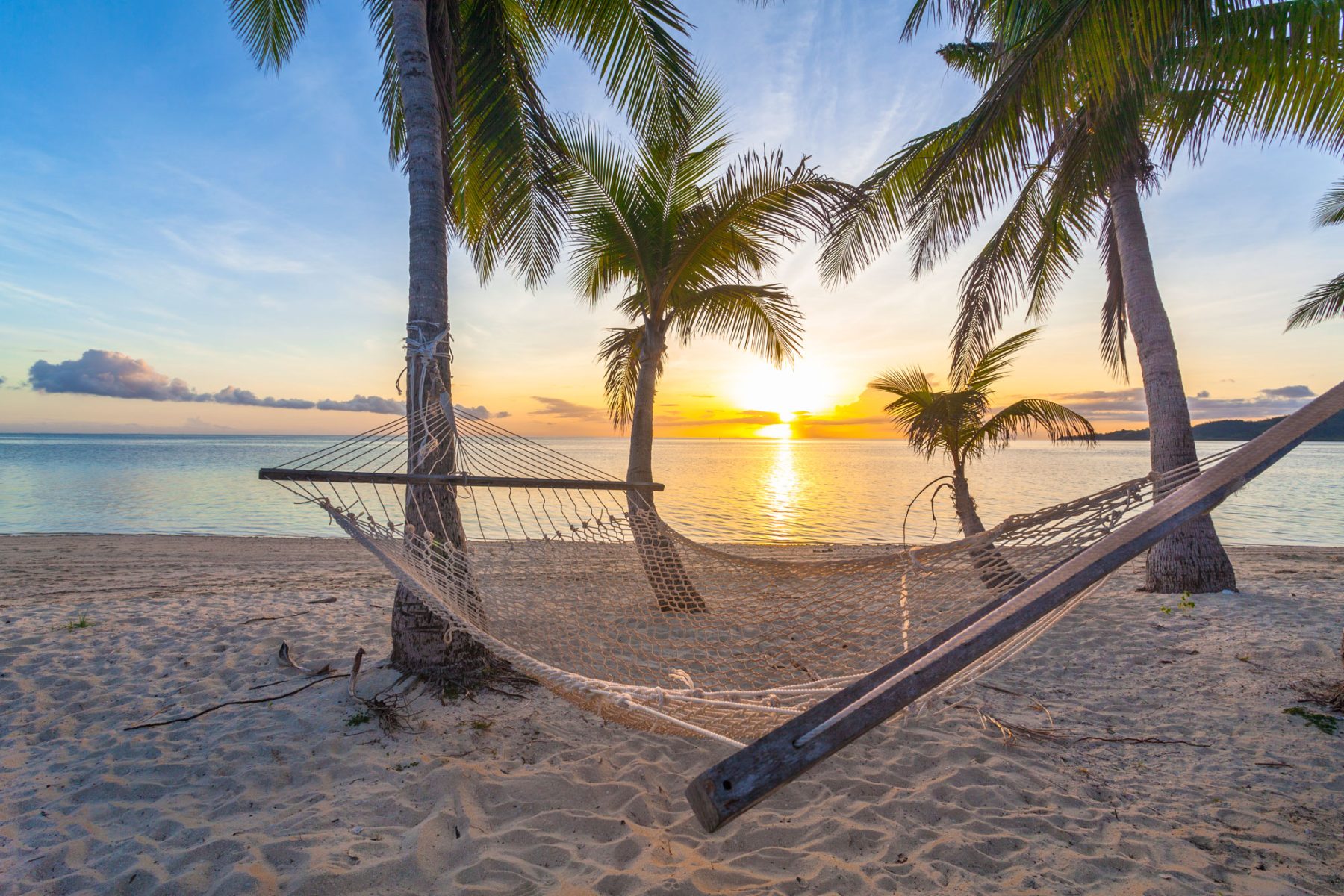
Immerse yourself in the Paradise Isles
Fiji Holidays
Sling a hammock between swaying coconut palms, snorkel across a coral lagoon, voyage to distant reefs and islands, visit local villages and hike into the jungle… this South Pacific poster pin-up promises big rewards for those in search of adventure, culture and relaxation.
Ideal as a stop-over or extension to your holiday in Australasia, you’ll arrive in Nadi on the main island of Viti Levu. Many people use this as a springboard for exploring smaller, more remote spots, such as the lush ‘Garden Island’ of Taveuni, which is ideal for hikers and birdwatchers while the Mamanuca Islands and Yasawa Islands are known for sublime beaches, spectacular reefs and idyllic resorts. Wherever you choose to visit in Fiji, you can be assured of a warm and friendly "Bula" (welcome).
Fiji in pictures
With many idyllic properties to choose from, we recommend stays of 4 nights or longer in order to fully immerse yourself in island life and explore your surrounds, however longer itineraries are encouraged, particularly when combining multiple islands.
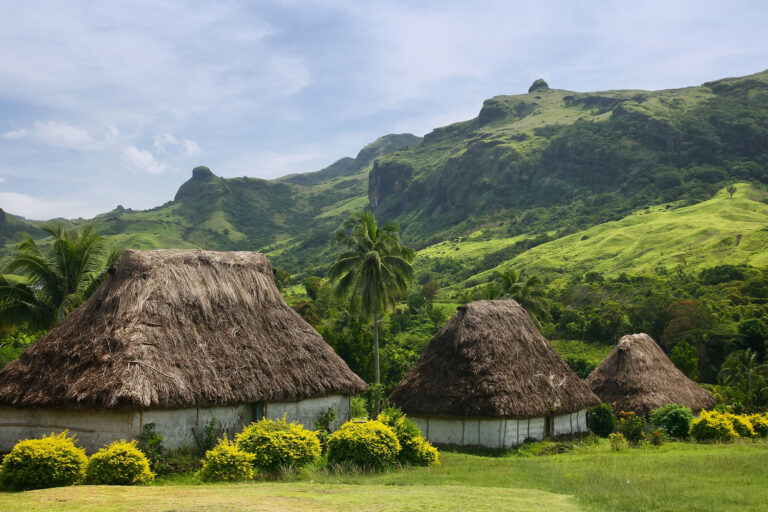
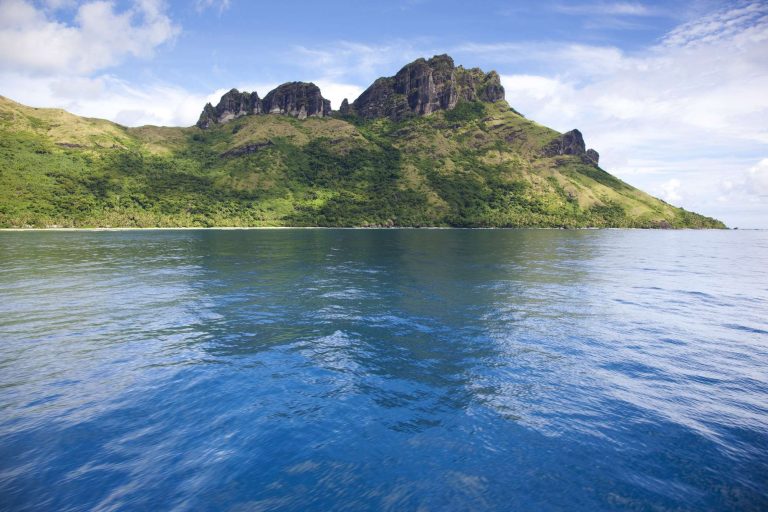
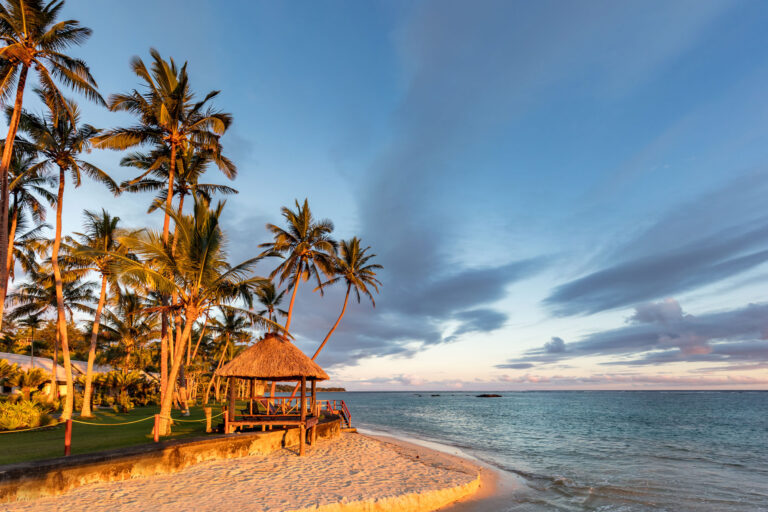
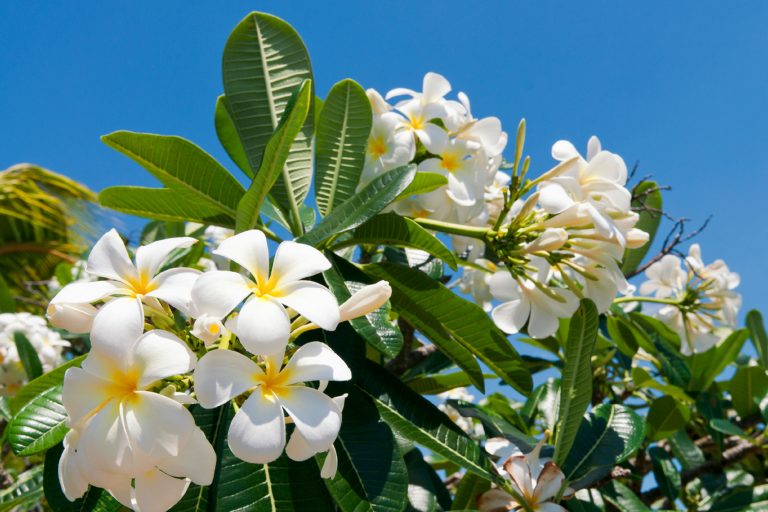
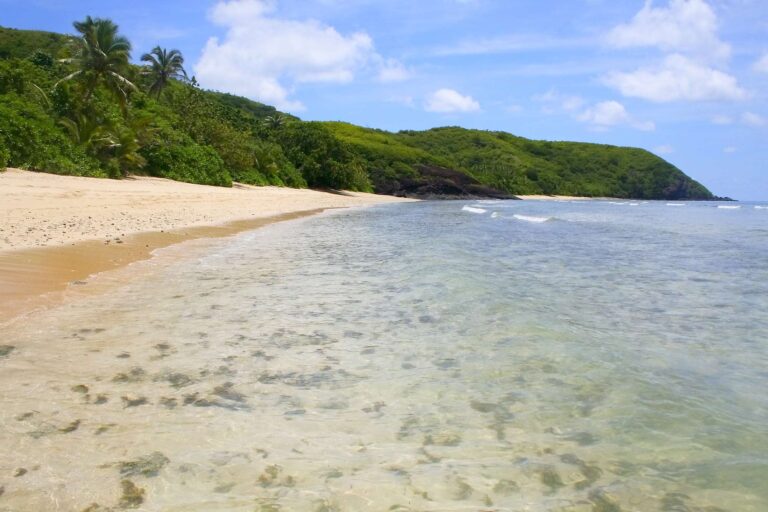
The Best Time to Visit Fiji
The tropical climate in Fiji promises warm weather and sunshine at any time of year, but the most comfortable period is during the dry season from May to October when it’s slightly cooler and less humid. Fiji’s wet season, November to April, is hotter with frequent heavy rainfall – although this usually just falls in short sharp bursts in the afternoons.
The average temperature in Fiji is around 25ºC, but it can climb to above 30ºC during the wet of summer and drop to below 20ºC in winter, the dry season.
The islands are typically at their busiest during the peak months from June to September, although the months of December and January can still be busy due to the popularity of the islands with holidaymakers from Australia and New Zealand.
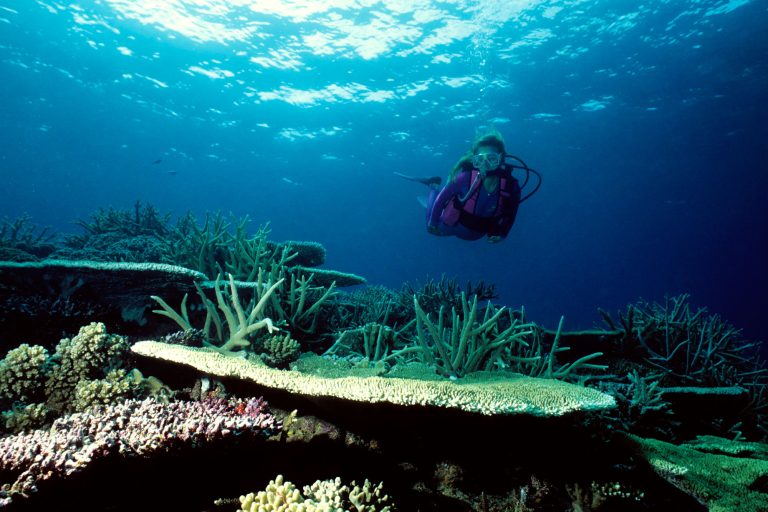
If you do one thing in winter: Dive!
Fiji is famous for its sea life and array of colourful coral. The Great Astrolabe Reef is the world’s fourth-largest barrier reef and wraps around the remote southern island of Kadavu. Somosomo Strait between the northern islands of Vanua Levu and Taveuni, meanwhile, is famous for its stunning soft corals. Explore underwater dive sites with whimsical names like Chimneys and Alice in Wonderland, with its mushroom-shaped corals, sea fans and clown fish.
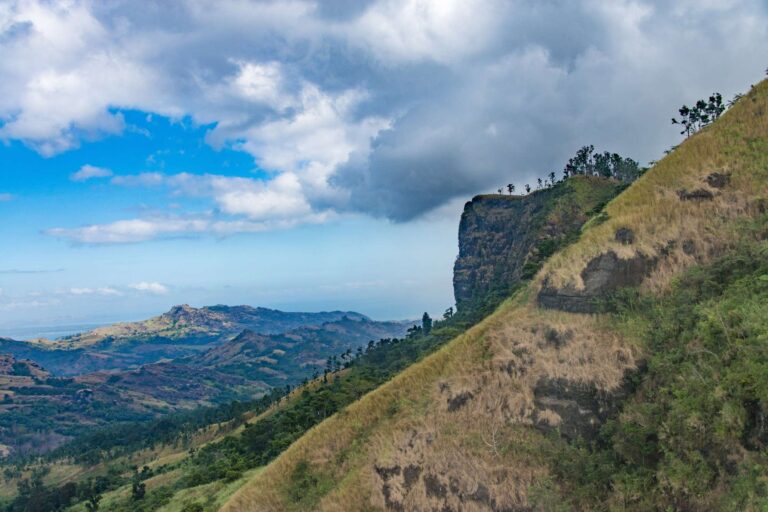
If you do one thing in summer: Explore Fiji’s Caves
Get a glimpse into Fiji’s past with Sigatoka River Safaris. Wade through knee-deep water by hurricane lantern through Naihehe Cave, Fiji’s largest cave system. Deep inside the 170-metre cave remains a gruesome reminder of Fiji’s cannibal past – a cannibal oven, a ritual platform and the sacred priest chamber.
Where to Visit in Fiji
Mamanuca Islands
Located just off the western coast of Viti Levu, the 20 Mamanuca Islands are easily accessible by water taxi. Tom Hanks endured them in Cast Away, but you’ll be spoilt with superb resorts, fine dining and activities ranging from windsurfing and dolphin-watching to diving and desert island cruises.
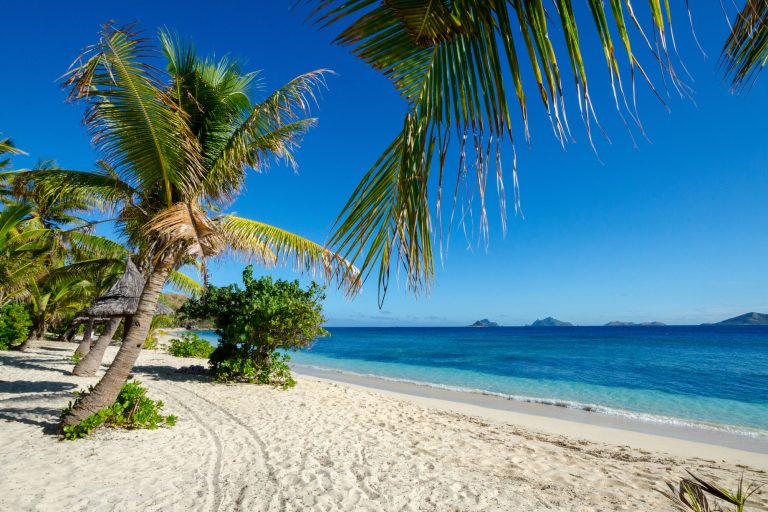
While away your days lazing in the sun on gorgeous beaches
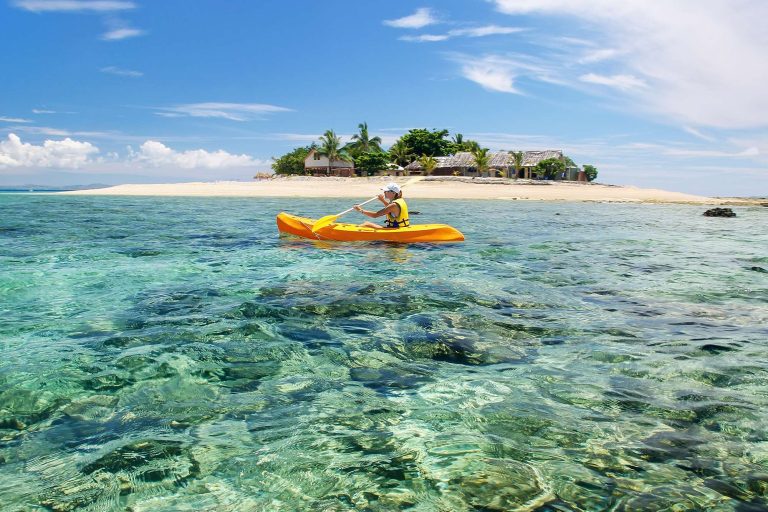
Kayaking, paddleboard, sail or windsurf on turquoise waters
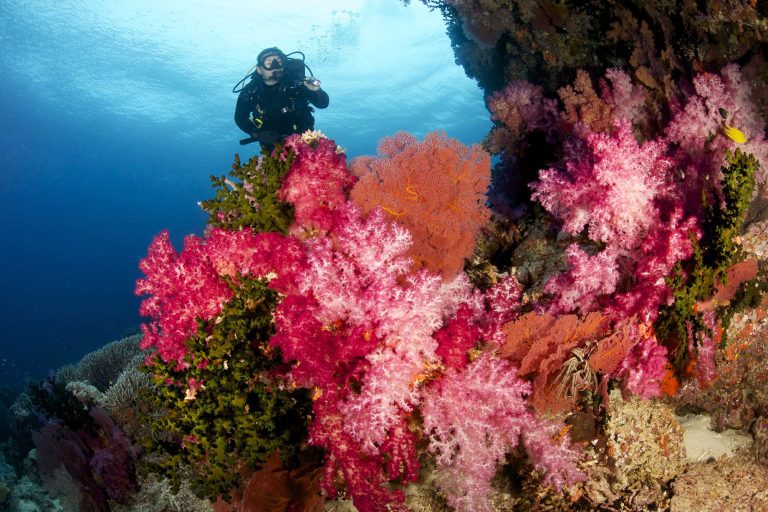
Snorkel through breathtaking coral gardens

Head off on a hike in search of native birdlife
Yasawa Islands
There are 15 words in the Fijian language for heaven and ‘Yasawa’ is one of them. Just north of the popular Mamanucas, the Yasawa Islands are more rugged and offer a less busy jaunt in paradise where you’ll be easily lulled into ‘Fiji time’. There are a variety of magnificent resorts to choose from, each offering gorgeous beaches, abundant sunshine and activities aplenty.
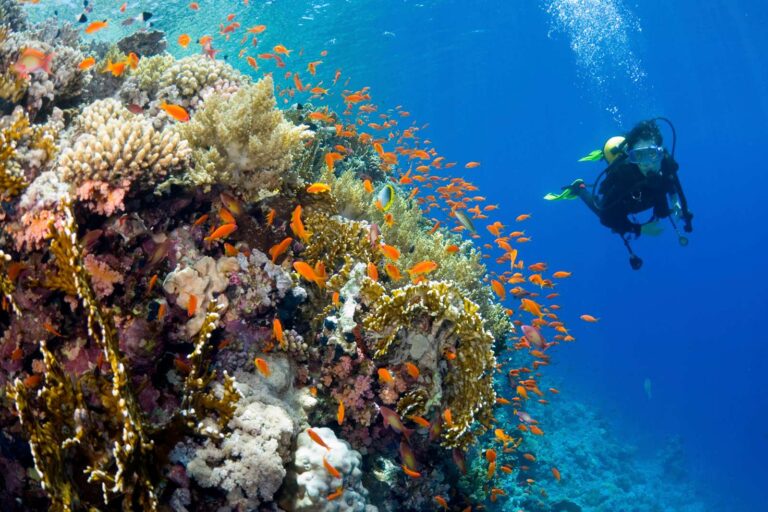
Enjoy a range of activities including diving, kayaking and sailing
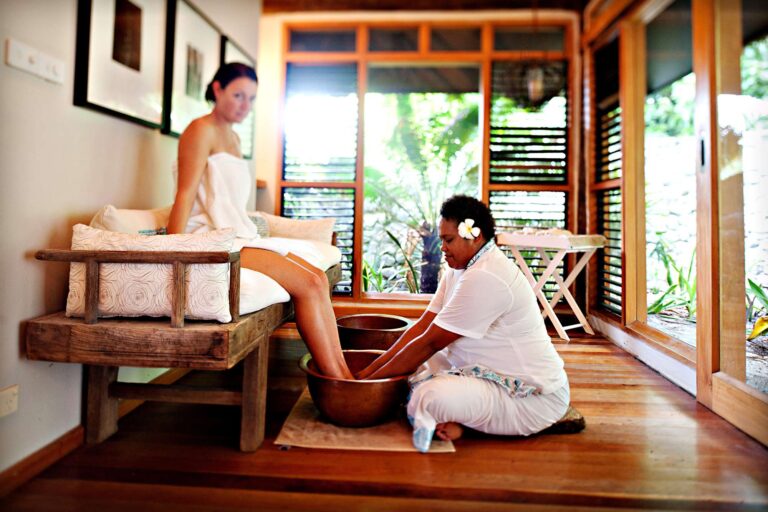
Relax and indulge at a beachfront spa or on a private picnic
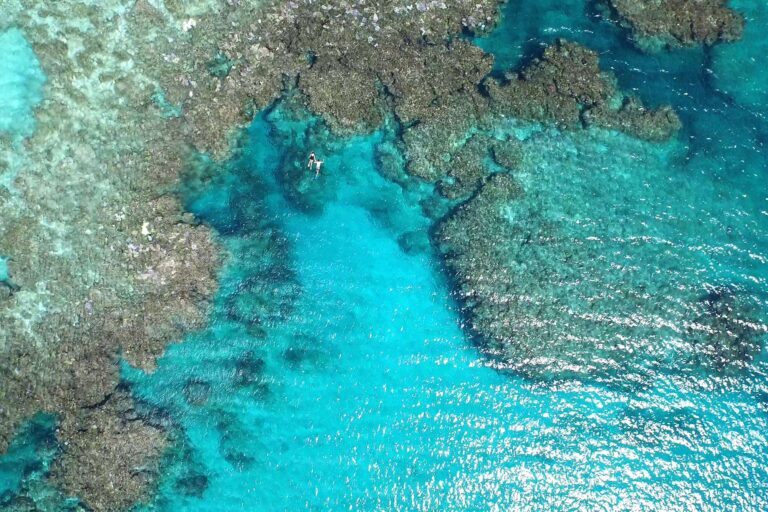
Explore the crystal clear waters of the famous 'Blue Lagoon'
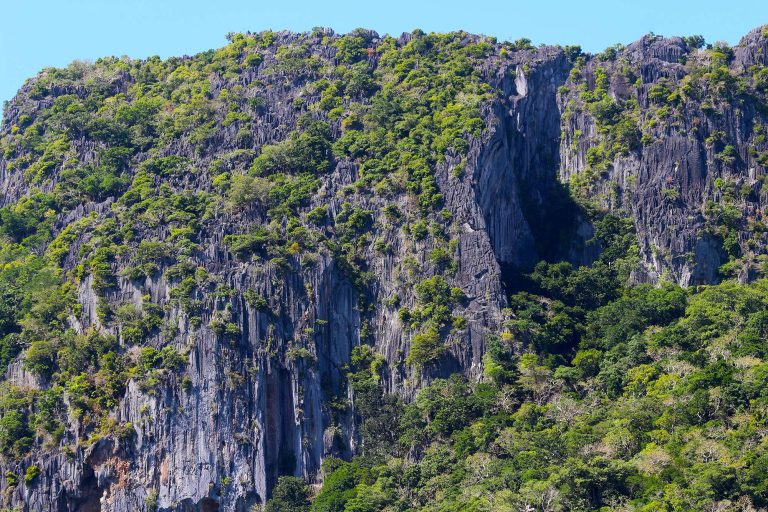
Visit the limestone formations of Sawa-i-Lau
Fiji’s Paradise Isles
The northern outer islands are surrounded by spellbinding beauty – palm-fringed beaches and pristine coral reefs providing the picture perfect backdrop of the idyllic island havens. Inconspicuous accommodation, allows visitors the chance to truly experience the Fijian way of life. Vanua Levu is Fiji’s second largest island and is a patchwork of sugar cane plantations, undisturbed settlements and relaxing resorts. Fiji’s Garden Island, Tavenui, is a riot of tangled jungle, colourful birdlife and rugged coastal terrain.
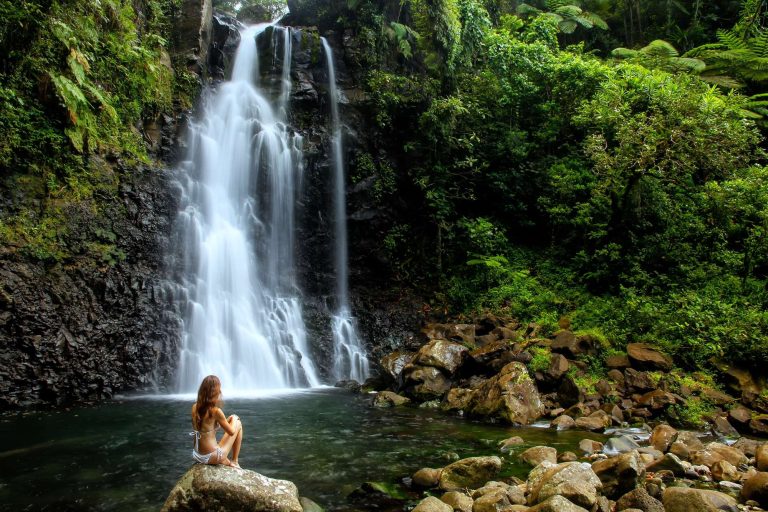
Hike through Bouma National Heritage Park in search of birdlife and waterfalls
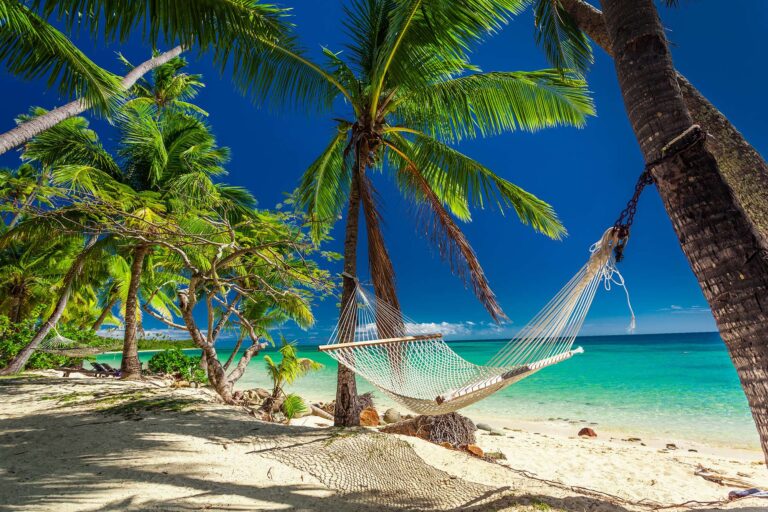
Relax in a hammock under a sun kissed palm tree
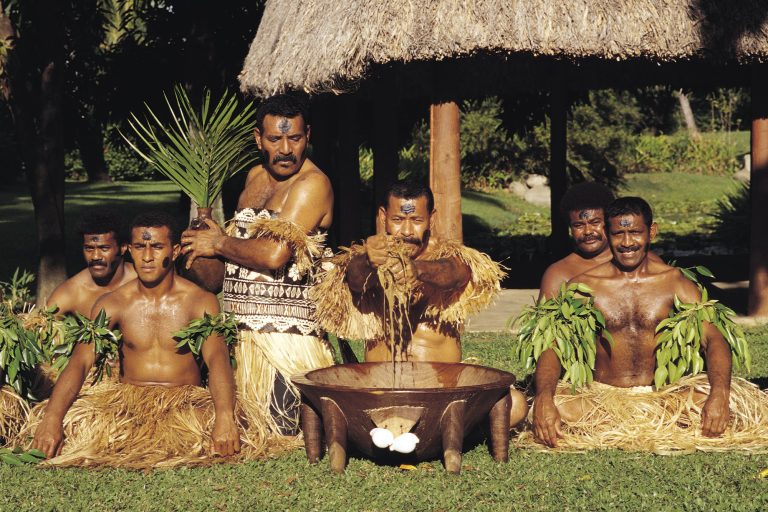
Visit local villages and partake in a traditional kava ceremony

Seek out marine wonders at world-renowned dive sites like Eel Ree

Small Ship Cruising in Fiji
As an alterative to a resort stay, consider exploring Fiji’s sheltered bays and picturesque tropical islands on a cruise. Spend four or seven days aboard the 130-passenger Reef Endeavour cruising through beautiful islands and colourful coral reef, uncovering the region’s unique history, art and culture.
Combine ashore delving into Fijian culture and history, with plenty of time cruising the azure waters as well as time to snorkel and enjoy glass bottom boat cruises and scuba diving.
- Stand on the 180th Meridian Dateline on Taveuni Island
- Explore Levuka, once Fiji’s colonial capital
- Visit Savusavu’s hot springs & markets
- Encounter turtles at a sanctuary on Tivua Island
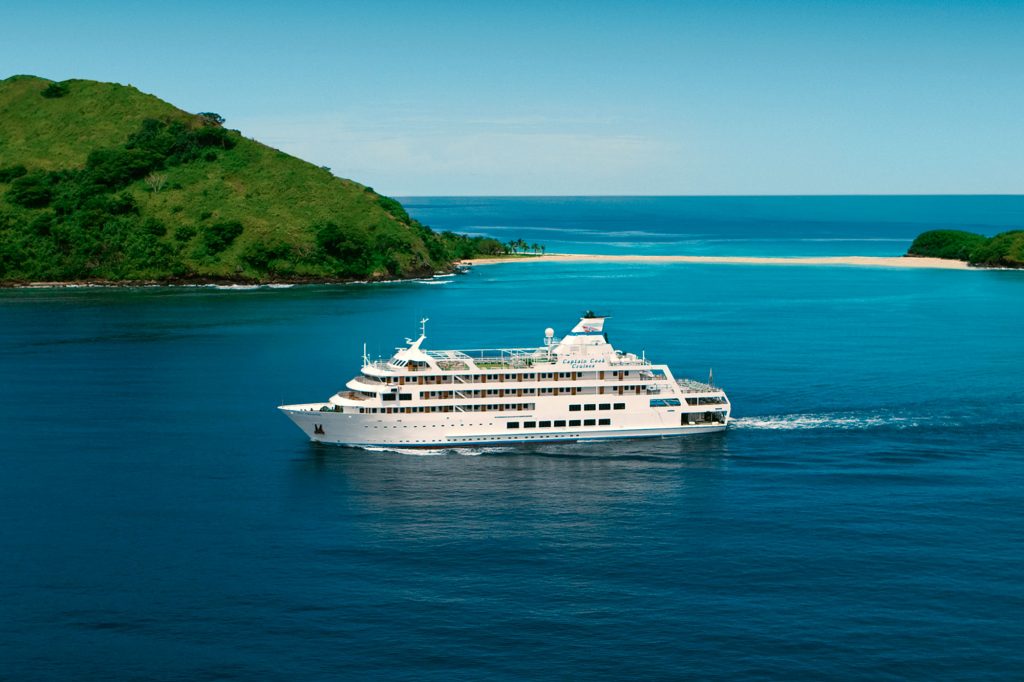

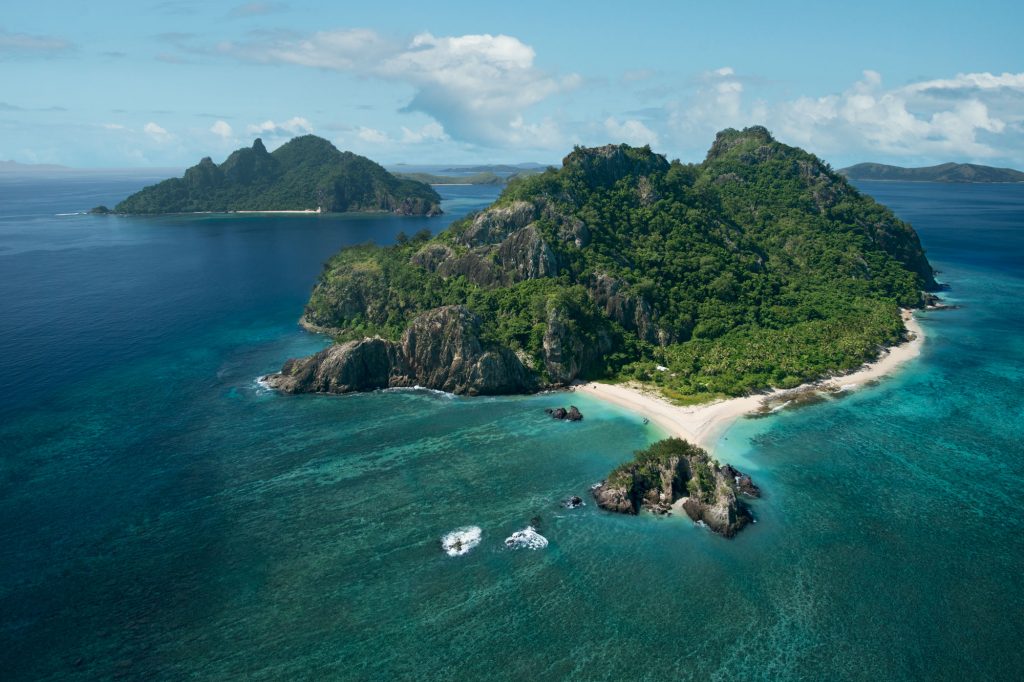
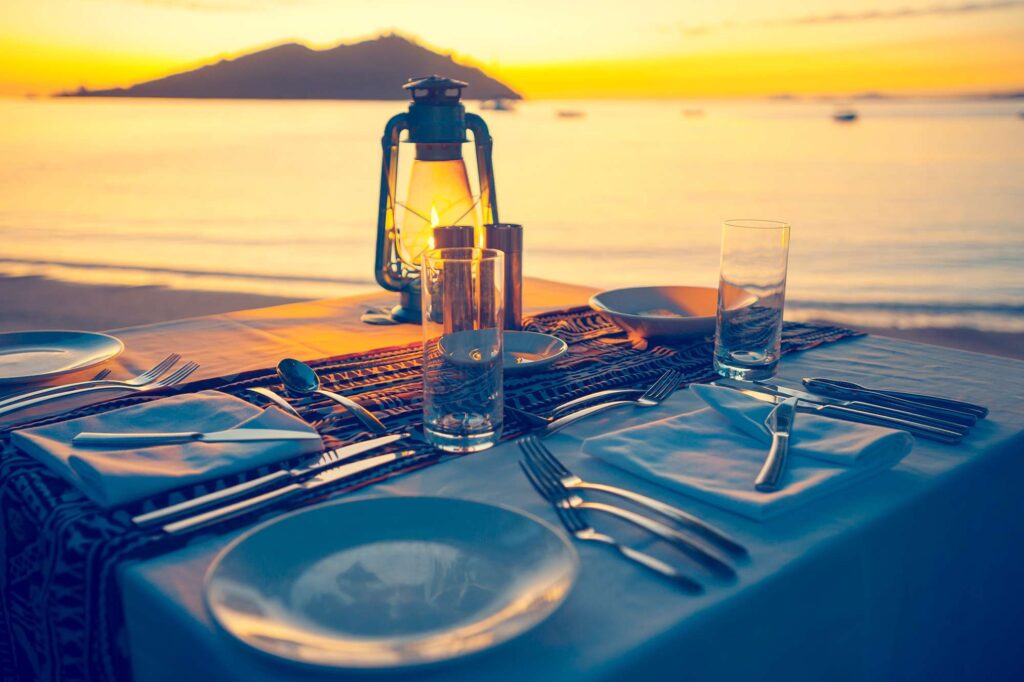


 Instagram
Instagram
 Facebook
Facebook
 YouTube
YouTube